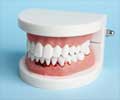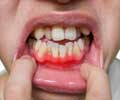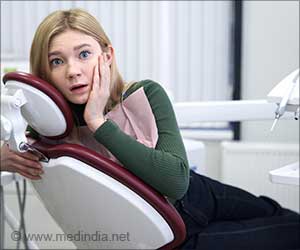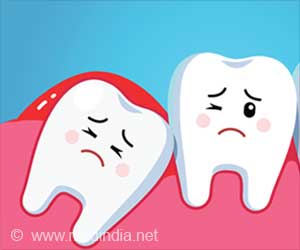Your mouth hosts a diverse ecosystem with over 500 bacterial species, including Corynebacterium matruchotii, which uniquely divides into multiple cells at once
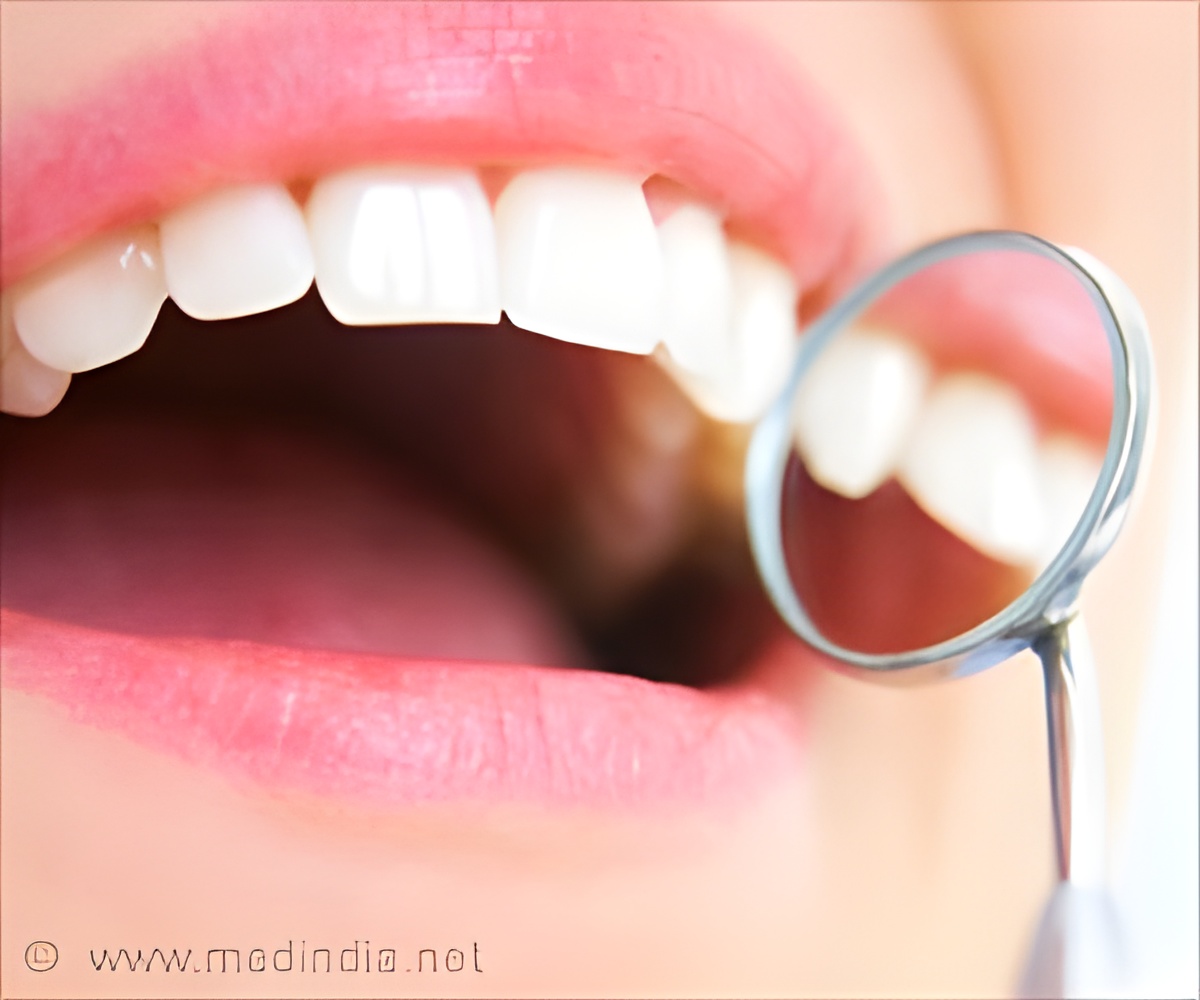
Biogeography of a human oral microbiome at the micron scale Oral microbiome microflora divides by a rare method
Go to source)
‘Did you know? One bacterium in your mouth can split into 14 cells at once! #medindia #oralhealth #oralcancer’





Advertisement
Unique Cell Division Methodology of Corynebacterium matruchotii
The team observed C. matruchotii cells dividing into up to 14 different cells at once, depending on the length of the original mother cell. These cells also only grow at one pole of the mother filament—something called “tip extension.”C. matruchotii filaments act as a scaffolding within dental plaque, which is a biofilm. Dental plaque is just one microbial community within an immense population of microorganisms that live in and coexist with a healthy human body—an environment known as the “human microbiome.” This discovery sheds light on how these bacteria proliferate, compete for resources with other bacteria, and maintain their structural integrity within the intricate environment of dental plaque.
“Reefs have coral, forests have trees, and the dental plaque in our mouths has Corynebacterium. The Corynebacterium cells in dental plaque are like a big, bushy tree in the forest; they create a spatial structure that provides the habitat for many other species of bacteria around them,” said paper co-author Jessica Mark Welch, senior scientist at ADA Forsyth and adjunct scientist at the MBL.
“These biofilms are like microscopic rainforests. The bacteria in these biofilms interact as they grow and divide. We think that the unusual C. matruchotii cell cycle enables this species to form these very dense networks at the core of the biofilm,” said Scott Chimileski, MBL research scientist and lead author on the paper.
Advertisement
The Microbial Forest in the Mouth
This research builds off of a 2016 paper that used an imaging technique developed at the MBL called CLASI-FISH (combinatorial labeling and spectral imaging fluorescent in situ hybridization) to visualize the spatial organization of dental plaque collected from healthy donors. This earlier study imaged bacterial consortia within dental plaque, called “hedgehogs” due to their appearance. One of the major findings from that original paper was that filamentous C. matruchotii cells acted as the basis of the hedgehog structure.The present study took a deeper dive into the biology of C. matruchotii, using time-lapse microscopy to study how the filamentous cells grow. Rather than just capturing a snapshot of this microbial rainforest, the scientists were able to image bacterial growth dynamics of the miniature ecosystem in real time. They saw how these bacteria interact with each other, use the space, and—in the case of C. matruchotii—the incredible way they grow.
“To figure out how all the different kinds of bacteria work together in the plaque biofilm, we have to understand the basic biology of these bacteria, which live nowhere else but the human mouth,” said Mark Welch.
Dentists recommend brushing your teeth (and therefore brushing away dental plaque) twice a day. Yet this biofilm comes back no matter how diligently you brush. By extrapolating from cell elongation experiments measured in micrometers per hour, the scientists found that C. matruchotii colonies could grow up to a half a millimeter per day.
Other species of Corynebacterium are found elsewhere in the human microbiome, such as the skin and inside the nasal cavity. Yet the skin and nasal Corynebacterium species are shorter, rod-shaped cells that aren’t known to elongate by tip extension or divide by multiple fission.
“Something about this very dense, competitive habitat of the dental plaque may have driven the evolution of this way of growing,” said Chimileski.
Advertisement
Exploratory Growth of C. matruchotii
C. matruchotii lack flagella, the organelles that allow bacteria to move around. Since these bacteria can’t swim, researchers believe its unique elongation and cell division might be a way for it to explore its environment, similar to mycelial networks seen in fungi and Streptomyces bacteria that live in soil.“If these cells have the ability to move preferentially towards nutrients or towards other species to form beneficial interactions — this could help us understand how the spatial organization of plaque biofilms comes about,” said Chimileski.
“Who would have thought that our familiar mouths would harbor a microbe whose reproductive strategy is virtually unique in the bacterial world,” said co-author Gary Borisy, principal investigator at ADA Forsyth and former director of the Marine Biological Laboratory. "The next challenge is to understand the meaning of this strategy for the health of our mouths and our bodies."
References:
- Biogeography of a human oral microbiome at the micron scale - (https://www.pnas.org/doi/full/10.1073/pnas.1522149113/)
Source-Eurekalert

